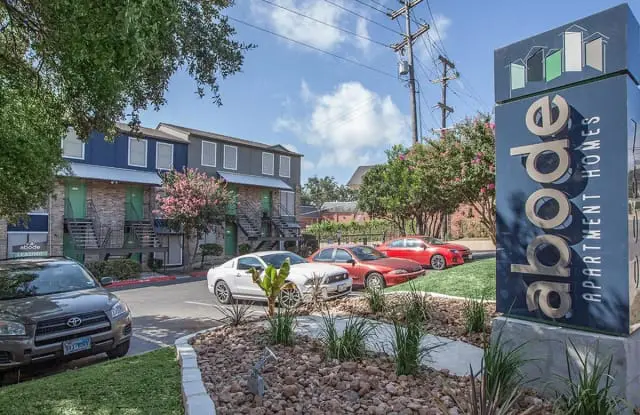As consultants, our team at Sapphire often get a bird’s eye view to the comings and goings of the U.S. real estate acquisition market, particularly with multifamily, our firm’s forte. And with the coming of the coronavirus pandemic, never before has that view shown us more drastic changes in effective multifamily prices than now. We wanted to share this perspective with our readers, both buyers and sellers alike, to help better inform your mindset going into negotiations in the coming months.
Cap Rate Ranges: Then…
All markets have a cap rate range that an asset of a given vintage can expect to trade at at any given time. Usually, these cap rate ranges are relatively narrow, and while a unique property can, of course, buck the trend, most tend to fall somewhere within this bracket.
These cap rate ranges are an ever-changing target, one that rises and falls as either positive or negative factors change the tenant demand. For example, a major employer moving jobs into the market, such as this example of JPMorgan moving jobs to Columbus, OH, would likely be a big enough deal on its own to push the Columbus cap rate range downward, even if only slightly.
In normal times, the speed of change on a market’s range is measured in years, and the width of the range expands and contracts slowly. But of course, these aren’t normal times.
…And Now
Right now, it is clear to us that, in the multifamily buying space, nothing is clear. Due to the large amount of uncertainty a global event like this causes, all typical rules on ranges are largely relaxed.
We are seeing this in both directions, and strongly to boot. To put some data to these words, we went back through the deals our team has underwritten through April of this year and last year, and compared the strike price of similar vintage assets within the same markets. This would allow us to compare how much price fluctuates “normally” (with last year being our base case) versus now.
The results may not surprise you. In April 2019, 1970s build garden style multifamily had a plus/minus of around 16%. That means if the median sale was $60,000/unit, the highest we’ve seen in that market was $69,600 and the lowest was $50,400. This is what we would consider normal fluctuation – after all, there are so many factors that go into pricing real estate, and while properties of a similar vintage and market have many similarities, the differences (in location, condition, etc) make fluctuation like this expected.
Compare this to April 2020, however. The plus/minus range here, all else being equal, was 25%. This may not seem drastic at first blush, but that means a $60,000/unit asset mid-point has been seen to swing as high as $75,000/unit or as low as $45,000. Those are not numbers to mess around with. Imagine buying a deal you think is great at $70,000/door, only to find out another buyer got a very similar deal down the road at $45,000.
Opportunities, and Cautions
As with all data like this, it’s important to keep in mind that your mileage will vary. We consult for many clients over most of the major US markets, but that doesn’t mean this data holds up everywhere. It simply shows that right now, uncertainty is bringing out high and low buying points alike, depending on the seller and circumstance.
With this being the case, now more than ever, good underwriting is crucial to the buying process. An analysis rooted in the fundamentals of property evaluation will tell you (as well as anything could) what the property is really worth, regardless of what’s going on due to these external factors. And this should be the main focus.
If you can capitalize on a lower-than-expected sale price on a deal you would buy anyway, fantastic – that’s how value is made. But be careful not to get swept up in overpaying in this uncertain time.





